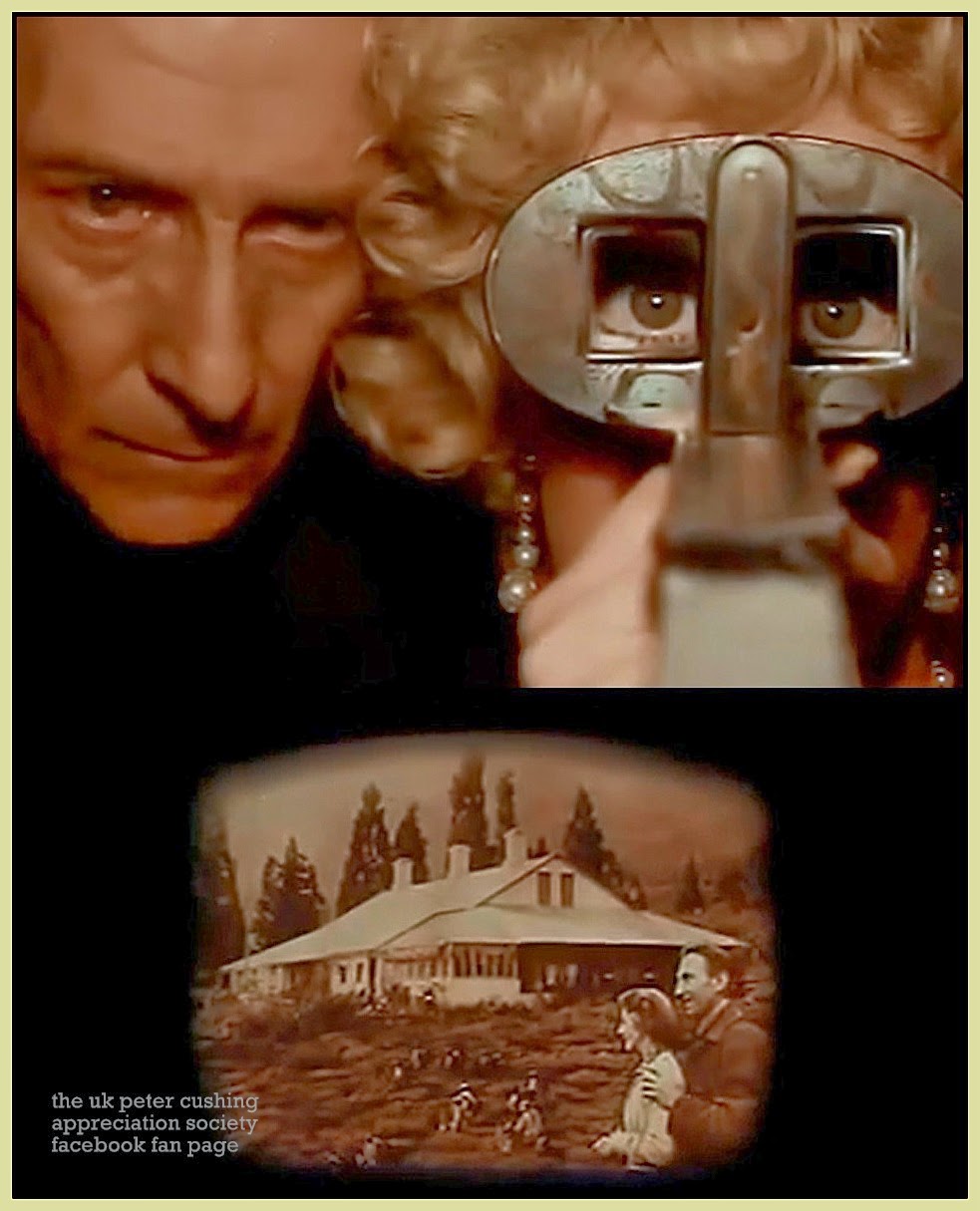ORDER HERE
Here in conjunction with Hammer films, Icon Film Distribution and Fetch Publicity is our FIRST competition..with a twist!
Next week we are launching an EXCLUSIVE 'Q and A with SHANE BRIANT' star of Hammer films 'Frankenstein and the Monster from Hell'. What we need from you are great QUESTIONS! And THAT'S how you can get your hands on some great prizes! Along with Shane Briant, we will pick the BEST THREE QUESTIONS as WINNERS! There are THREE prizes...

FIRST PRIZE: A copy of the 'Frankenstein and the Monster from Hell' Blu Ray / 2 DVD release PLUS an exclusive set of promotion 'Monster from Hell' LOBBY CARDS (Only 20 sets have been printed!) PLUS your LOBBY CARDS will be signed by SHANE BRIANT dedicated to you. PLUS your WINNING question will be featured on a 'Q and A with Shane Briant' presentation card.
SECOND PRIZE: A copy of the 'Frankenstein and the Monster from Hell' Blu Ray / 2 DVD release. PLUS your WINNING question will be featured on a 'Q and A with Shane Briant' presentation card.
THIRD PRIZE: A copy of the 'Frankenstein and the Monster from Hell' Blu Ray / 2 DVD release. PLUS your WINNING question will be featured on a 'Q and A with Shane Briant' presentation card.

The competition is now open UNTIL WEDNESDAY 23RD APRIL 2014 MID DAY GMT. So get YOUR questions in NOW!
PLEASE send your questions to us by to our EMAIL ACCOUNT: theblackboxclub@gmail.com, no later than WEDNESDAY 23RD APRIL 2014 MID DAY GMT.
You Can Order Your Copy: HERE
GOOD LUCK EVERYONE!

Our thanks to Hammer films, Icon Film Distribution and Fetch Publicity for making this PCASUK competition possible.


















































